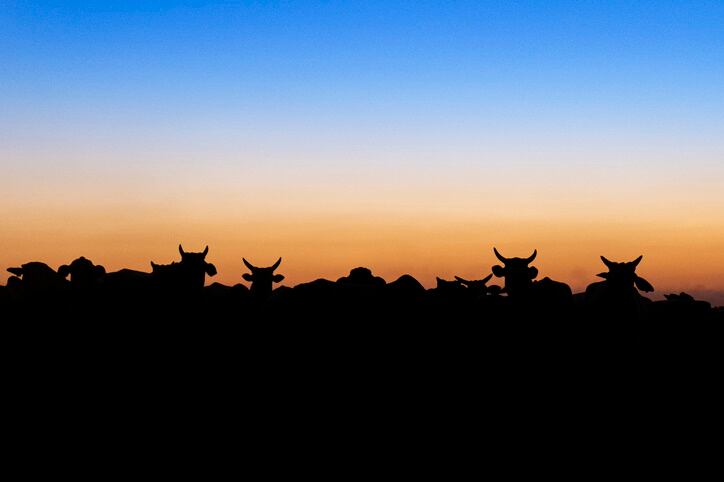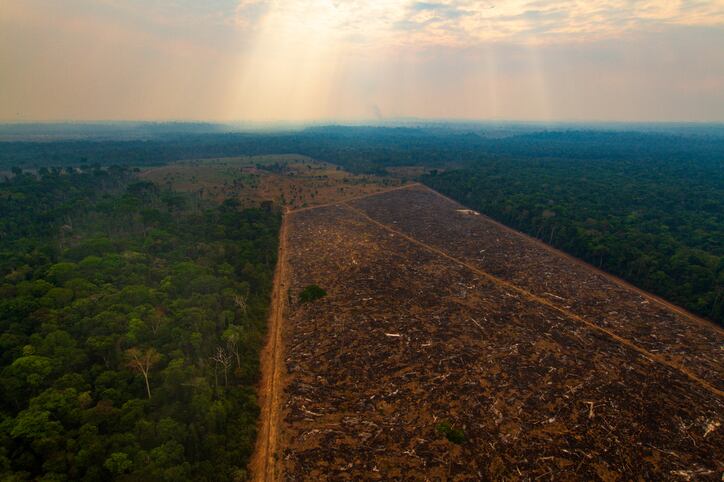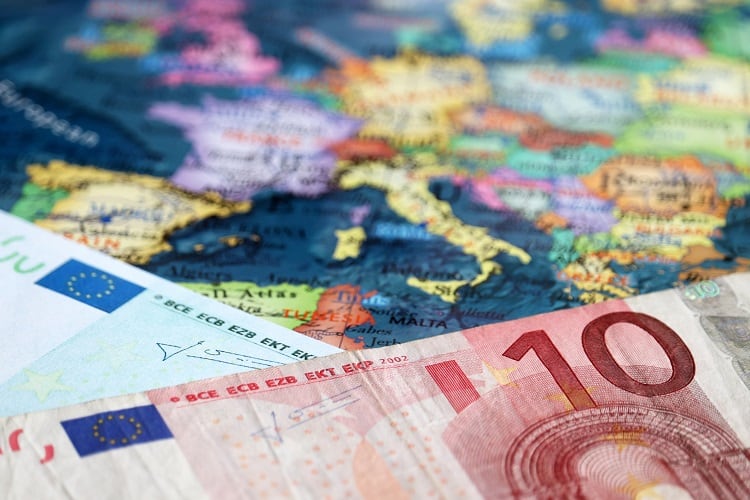Marfrig is extending its BRL500m Marfrig Verde+ Program, which was launched in 2020 with the aim of stamping out deforestation in its supply chain by 2030, with a new, elevated, ambition. The company wants its beef production to move to a net zero footing.
Based on Science Based Targets, Marfrig’s greenhouse gas reduction strategy will include all three scopes – from reducing emissions at its own production sites, energy use and transportation to the much tougher task of addressing GHG emissions originating in its supply base. These scope 3 emissions, sustainability lead Paulo Pianez said, are the ‘most challenging’. But, with 90% of emissions occurring ‘in the field and on the farm’, this is where action is most needed.
Pianez is confident it is possible to move Marfrig’s carbon footprint to zero by 2050, if not sooner. However, Marfrig’s ‘ambition’ is distinct from a target because the company is yet to detail how it will be achieved.
Marfrig is still working to map its direct and indirect supply chain. In the Amazon biome, Marfrig has identified 100% of its direct suppliers but that only equates to 62% of its total beef supply. In the Cerrado region, 47% of suppliers have been mapped.
Other 'variables’ that need to be factored in – such as the role of offsetting – mean that the company has stopped short of making net zero a ‘formal target’ until a more detailed plan is developed. “To us, a set target needs to include a plan that will allow us to reach that target. There is no point in setting a target and saying 'we will reach it' if we don't have a plan to get there.”
So, when can this plan be expected?
“We have two years to come up with a plan - and that is compliant with the science-based targets. We think that by the beginning of next year we should have a well-structured plan to turn that ambition into a target.”
‘We are now very close to producers’
Within its own operations, energy consumption and transport, Marfrig has a clear route to zero.
“Scope 1 is things directly related to production: waste, wastewater, how we work with combustion boilers, the combustion source of boilers, cooling gases that are used in our cold chambers. When you optimise that you have a reduction in scope 1. Scope 2 is related to energy and the use of energy from renewable sources,” the sustainability expert explained during a call with journalists.
Scope 3 is a more complex beast – and requires buy-in from the cattle ranchers that supply Marfrig as well as the farmers that supply them.
To that end, Marfrig is working to fully map its supply chain so that it can begin to ensure that the beef it processes is not just deforestation-free but also from suppliers who are adopting sustainable farming practices. Through initiatives like the Marfrig Club, the beef giant is intensifying its outreach efforts to develop closer relationships with its suppliers. The reaction, Pianez revealed, has been positive.
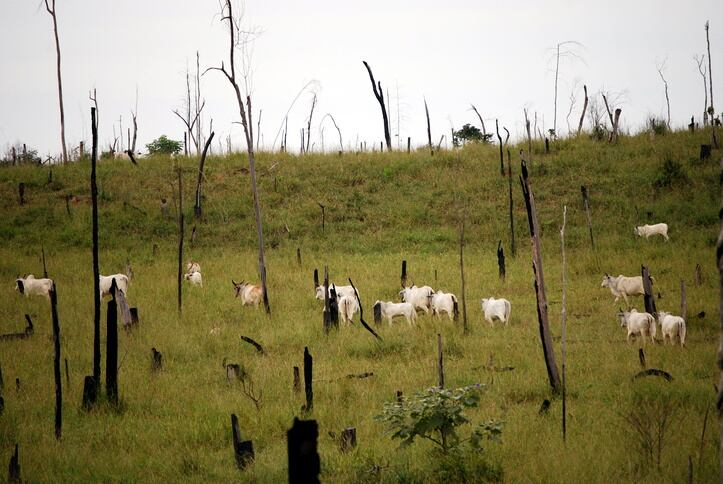
“We are now very close to producers because that is part of our strategy. We have noticed that when you start from the assumption of including cattle raisers, they are much more willing to implement whatever is necessary so that they can be compliant with environmental and land regulations. They are also more willing to adopt production systems that don't require land suppression and they are also more open to recovering or regenerating degraded areas.
“Why are they doing that? Because they can see that in order to reach certain markets it will be a requirement. There is no other choice. Now that we are becoming closer to cattle raisers though the Margrig Verde+ programme we've been very, very positively surprised. That is why we are trying to identify our suppliers so quickly,” Pianez said.
Low carbon strategies
Globally, cattle are the animal species responsible for the most emissions, representing about 65% of the livestock sector’s emissions, according to the FAO. The average footprint of beef, excluding methane, is 36 kilograms of CO2eq per kilogram. This is nearly four times the mean footprint of chicken.
Cattle ranchers need to implement a variety of measures on farm to move to a low carbon footing.
According to Pianez's assessment, production needs to become ‘more intensive’, productive and profitable to address land-use change and tackle deforestation.
“In Brazil most emissions come because of land-use. It is a fact. It is measurable. Cattle raising in that context does have a contribution that is significant,” Pianez observed. “As we show the means to make sustainable production and also more productive and profitable production, we start showing to the sector that low carbon cattle raising is possible and profitable.”
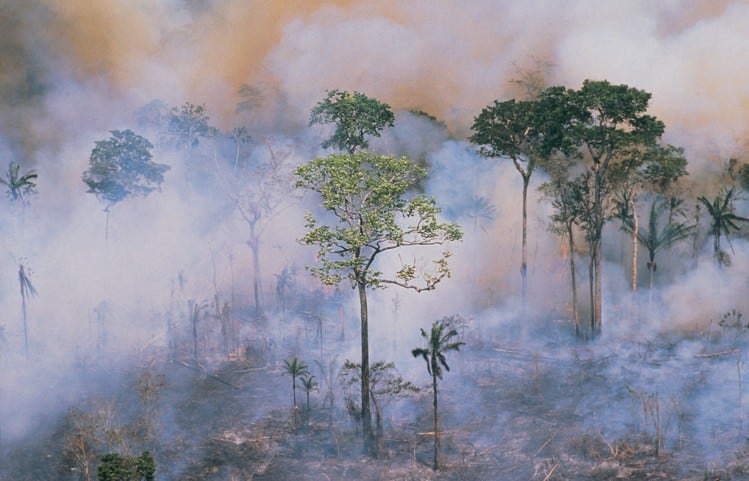
Actions include nutritional changes to reduce enteric fermentation, risk mitigation efforts and integrated pasture systems.
“Regenerative agriculture is absolutely key. Intensification with the livestock integration with other crops to gain productivity in a smaller area without the need to use native vegetation for animal production,” he told FoodNavigator.
“When you use regenerative agriculture, degraded areas can be reforested, can be recovered. It is a whole package and that is super important for us to achieve the targets we have set. Both in terms of fighting deforestation - because we are integrating, we are regenerating, and therefore we don't need new areas – and from the emissions standpoint. It is extremely important because once you promote that type of integration you compensate for enteric fermentation and you avoid emissions because of better land use. You are leaving the trees standing. This is the essence of what we are going to do.”
‘We must provide answers to climate change’
Pianez suggested that developing a lower carbon model is a ‘key objective’ for Brazilian agribusiness.
“There are many institutes blaming cattle raising for being one of the biggest polluters,” he observed. In answer, Pianez continued: “We must provide answers to climate change.”
The sustainability expert believes that this shift needs to be delivered on a sector-wide basis. “If the lessons we learn as Marfrig can serve as an example, an encouragement to others, so much the better. Because at the end of the day when agribusiness and Brazilian cattle production can convey a different message in terms of emissions, we change the whole business, be it in domestic or international markets.”
Brazil is the world's largest beef exporter, with one-fifth of its total production sold overseas. Pressure from markets like the EU, where due diligence regulation is being considered to tackle imports linked to deforestation, mean that the financial incentive to take action is becoming more pressing.
In order to challenge negative perceptions of the environmental impact of Brazilian beef production, Marfrig believes that it needs to back its action up with science and facts. Transparency will be crucial. “When we are able to include science and provide transparency, when we have figures to demonstrate the evolution we have achieved as far as emissions are concerned, that may contribute to agribusiness domestically and foreign markets that inevitably see it as a procurement condition.”
The company is preparing to roll out its first low carbon beef line, developed in partnership with state-owned Brazilian Agricultural Research Corporation, Embrapa, in the second half of this year.
But while Marfrig may hail the strides it is making in developing a low carbon model for beef production, for critics of Brazil's beef industry, many questions remain.
Greenpeace UK forests and food campaigner, Daniela Montalto, argued ambitions to work towards net zero are a 'dangerous distraction' from the urgent work that is required on the ground, today.
"Promises of net-zero are a dangerous distraction from what's needed: an end to the destruction of ecosystems, such as the Amazon, vital to our survival on this planet, and a phase-out of industrial meat production," Montalto told FoodNavigator.
"The profound deficiencies in the meat giants JBS, Marfrig and Minerva’s policies and related enforcement procedures in the Pantanal supply base help explain the sector’s failure to end its links to environmental destruction or to close the market to dirty suppliers," Montalto said pointing to what she characterised as a failure to 'effectively and comprehensively ban and monitor' the use of fire and new land clearance - not just illegal deforestation.
"The industrial meat sector is a liability. Governments, finance, and consumer companies must shift away from industrial meat and close markets to companies contributing to forest and ecosystem destruction and transition to a food system that isn’t a driving force of deforestation, climate change, and future pandemic risk," Montalto insisted.
But for his part, Marfrig's Pianez remained optimistic that the Brazilian beef sector will transition to a low carbon system. "In the extensive system that we have in Brazil cattle raising is an important contributor to emissions," he conceded.
But he foresees a different future for Brazilian beef: "We can have extremely low carbon, carbon neutral, Brazilian cattle raising. Whenever we have cattle raising and forestry integration, you can have a carbon neutral cattle raising, because you are integrating cattle with the forest of eucalyptus. If all cattle raising in Brazil operated that way we would have a net zero system."

